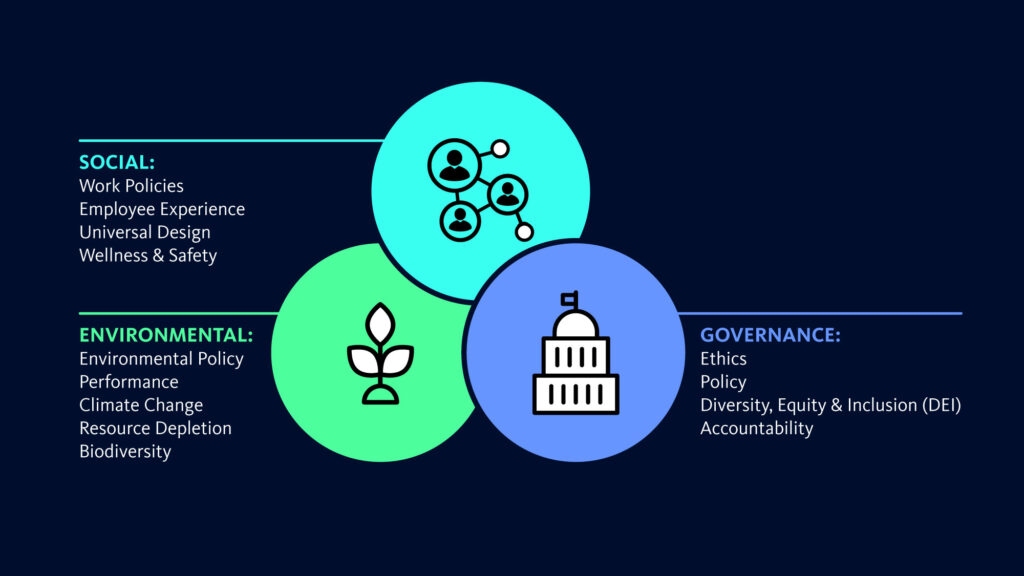How to communicate ESG Vision to stakeholders in the best possible way is a big challenge most companies grapple with. Here are a few practical suggestions from someone who has spent most of her career managing the reputation and PR of several small and large companies.
The new socio-economic reality is that business needs to move beyond lip service to actual on-the-ground action leading to tangible results to survive. Compliance in the form of BRSR (Business Responsibility and Sustainability Report (BRSR) reporting or even the BRR (Business Responsibility Reporting (for companies not yet in the ambit of the top 1000/1500 listed companies) is not enough. The Boards of Directors of companies, even of mid-size companies have woken up to the need for integrating Environment Social and Governance (ESG) into their business and have started their journey towards this goal.
However, only a few are paying attention to the last mile of the equation – how to communicate this ‘new’ sustainable, fair, and ethical way of doing business with their stakeholders? Whether it be employees, customers or investors with millennials becoming mainstream the risk of not doing so is too high. So how does one do this?
Traditionally businesses have communicated in monetary terms with their stakeholders – in terms of ROI to investors & shareholders, in terms of take-home packages to employees, and in terms of value for money spent with their customers. Now the paradigm is shifting – it is no longer limited to good returns on money invested. To be chosen as a business that is worth dealing with, one must showcase the impact on the environment and society. Additionally assure all concerned that business is done in a fair, transparent, and ethical manner.
To do this one needs to re-focus and adapt the ‘content’ of the communication – the ‘business’ story needs to be interpreted and presented in terms of its net impact on the planet. The story needs to be complete (covering both down-stream and up-stream impact), comprehensible (to the common man), comparable (with peers) and collaborated (by facts). Failure to do so gives rise to debate and controversy, destroying the positive impact the communication could have had on the corporate image. The recent debate surrounding the Apple commercial is a good example.
Centre All Messaging Around ESG
So how does a business do this? The starting point needs to be the main message house which is the basis on which the communication(s) to the different stakeholders is done. All the ‘proof points’ need to be re-evaluated and reworked to reflect the ‘impact’ of your business activities. The best and quickest way to do it will be to adapt the vision message of the message house of your corporate image to centre around ESG. Therefore, all actions, products, developments etc. will need to be linked to how each of these is serving the ESG agenda that we have set ourselves.

This ESG-focused vision should be delivered by the Chairman of the Board. While it is not usually appropriate to include quotes from the Chairman of the Board in press releases, especially when these pertain to day-to-day business developments such as product launches, new business wins, partnerships, or senior appointments; the senior most spokesperson who is communicating on these is the MD or the CEO, which is the operational head. Landmark developments, such as new JVs, the opening of new production facilities or similar major developments, may include the Chairman’s quote on how the development impacts the long-term growth objectives of the Company.
I am suggesting that to add the additional dimension of ESG to the corporate image, we need to leverage the position of the Chairman and make him more visible in all our corporate outreach. He will be focusing on the umbrella vision message (which we have changed to be on ESG), and we will slowly but surely start the process of including ESG values in our reputation. Over time, when this is consistently followed quarter after quarter, you will see that the ESG values your company stands for are not only recognized but recalled by your stakeholders.
Whether it is about annual financial results or the introduction of a product upgrade, use every event and business development to beam your ESG message, via the Chairman, so that it conveys the importance and focus of the Board on delivering on the ESG mission statement. The ‘cost’ by way of loss of employees, customers and even investors of not doing so is too high. The Chairman needs to become the cheerleader and storyteller of your organization’s ESG journey.
A good step (which will be required by all companies sooner or later) is to start the process of filling out the BRSR report – so when it becomes ‘mandatory’ for your company, you already are familiar with the requirements and have built-in the system and structure needed to capture the impact (backed by real data) to show-case the reduction in negative impact and increase in positive impact, year on year.
Greenwashing can backfire and do long-term damage to the reputation – the recent Australian Competition & Consumer Commission coming down heavily on false and misleading “green’ claims is a good indicator that the reputational damage of greenwashing can wipe away any short-term business gains.
Praveen Rikhy, Independent Director, ESG Expert, PR & Communication Professional











